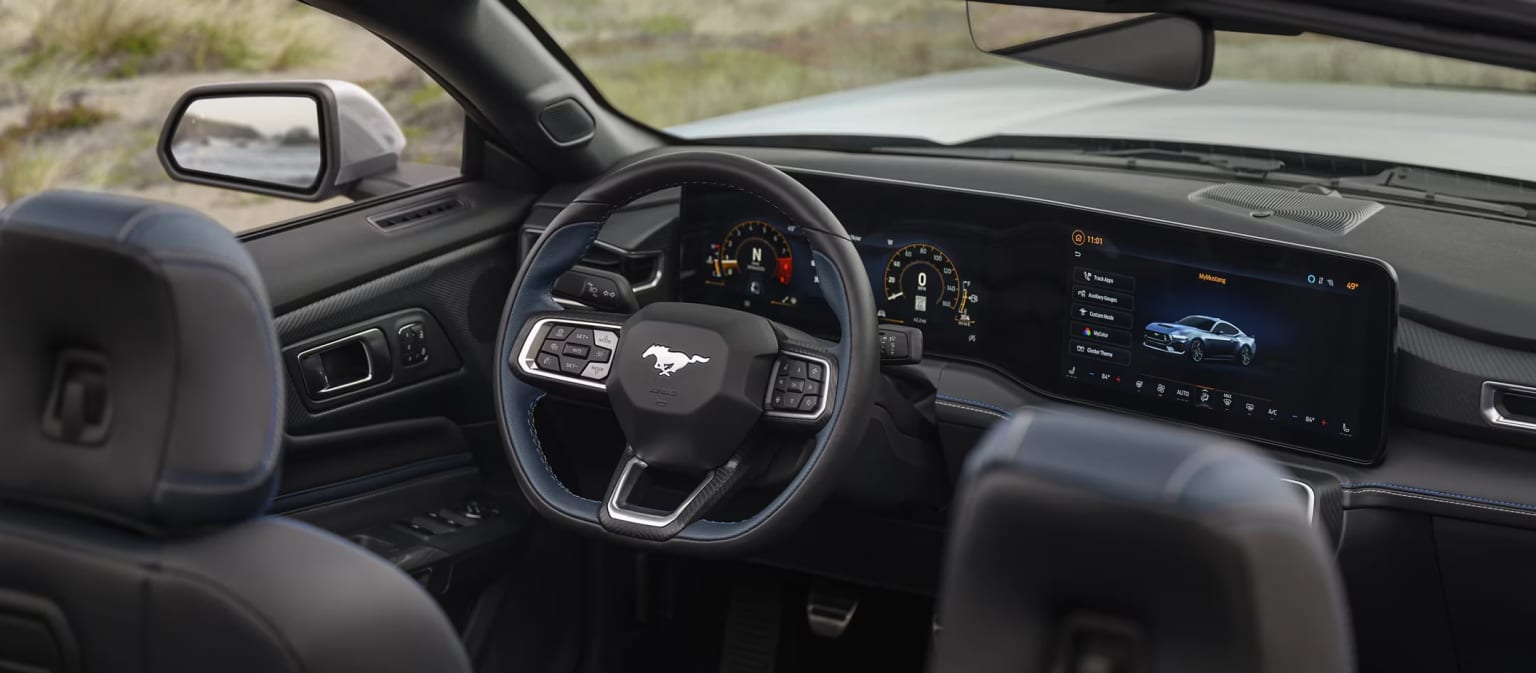
Ford Window Sticker 101: Order Codes, Priority Codes, and Dates Explained
Ready to decode the mysteries of your brand-new Ford? Let’s take a fun (and friendly) deep-dive into the world of the Ford window sticker; what all those numbers and codes mean, how to run a Ford window sticker lookup, and even where the elusive Ford VIN window sticker fits in. If you’re ordering, tracking, or evaluating a new Ford vehicle, this guide is for you.
1. What is the Ford Window Sticker?
When you order a new Ford, you’ll eventually receive a digital or printed sheet often called the “window sticker.” It’s more than just a price tag, it contains key info such as:
Model, trim, options, and standard equipment
Order code (sometimes called an “order number” or “build number”)
Priority code (how quickly the unit will be scheduled for production)
Build dates, scheduling status, shipment details
For a Ford VIN window sticker, you’ll see the actual VIN of the vehicle included once it’s assigned
In short, the Ford window sticker is your roadmap from order to delivery.
2. Order Codes: What Are They & Why They Matter
The “order code” or “build number” is the unique identifier your dealership or Ford uses when your vehicle is entered into the system. It often appears on the window sticker or dealer documentation.
Having that code handy makes it easier to do a Ford window sticker lookup or check tracking portals.
It helps you follow progress: order placed → scheduled to build → built → shipped → arrived.
3. Priority Codes: The “Line Cutting” Number
One of the most mysterious elements on a Ford window sticker is the Priority Code. Here’s what you should know:
For retail orders (customer orders), dealers typically assign a priority code between about 10–19.
For stock/dealer-inventory orders, codes can be 20–80 or more.
The lower the number, generally the higher the priority (e.g., “10” is better than “19”).
While a priority code doesn’t guarantee immediate build or shipment (allocation, parts, plant scheduling all matter), it does reflect where you fall in the queue.
4. Dates, Statuses & the Build Timeline
Your Ford window sticker also shows several important dates and statuses. Knowing what each means makes the journey less mysterious:
Order Date: when your dealer submitted the order.
Scheduled Date / Build Week: when Ford plans to build your vehicle. Forums note that after scheduling, your VIN may be created.
Build Date (or Blend Date): the actual day the vehicle is assembled (sometimes shown in code form).
Arrival/Shipment Date: when your vehicle leaves the plant or arrives at the dealer.
VIN Assigned: at some point you’ll see your VIN appear on the sticker (or accompanying document) — that means your car is locked in.
Status Codes: terms like “Submitted to Plant,” “Scheduled,” “Built,” “Shipped” may appear. Forums outline the full path from initial order to delivery.
5. How to Use the Ford Window Sticker Lookup
Want to check your Ford window sticker status (or the one for a specific vehicle)? Follow these steps:
Go to Ford’s official site or your dealer’s tracking portal. According to Ford: “Enter your … VIN or search inventory to view window sticker.”
Enter your VIN or order code (if you have it).
Look for the result showing your vehicle details; from there you should be able to view or download the window sticker.
On the sticker, locate your order code, priority code, dates and status section — now you can interpret what each means (using this guide!).
Pro tip: Even after completing your Ford window sticker lookup, keep a digital copy to refer back to as your build process progresses.
Frequently Asked Questions (and Easy Answers)
Q: What’s the difference between a Ford window sticker and a Ford VIN window sticker?
A: Technically the same document, but the version showing your actual VIN is the one specific to your vehicle; it confirms the exact build. The generic one may not show VIN if it’s a standard stock unit.
Q: If my priority code is “19” isn’t that bad?
A: Not necessarily “bad,” but it means your vehicle may be scheduled later compared to retail orders with lower numbers (e.g., “10”). It’s not a guarantee, but it’s helpful to know.
Q: The date on my Ford window sticker says “Blend Date.” What is it?
A: “Blend Date” is essentially the build date schedule (when your vehicle is expected to be built). The “blend number” is a sequence number in the build queue.
Q: Can I change my order code or priority code after I place it?
A: Order codes typically stay the same once assigned. Priority codes may be adjusted by the dealer in some cases, but these changes depend on allocation, dealer inventory, and Ford policy. Always talk to your salesman or manager.
You’re the CEO of Your Order
At J.C. Lewis Ford Pooler, we believe being informed makes you confident. The next time you look at your Ford window sticker (whether you’re ordering a brand-new Ford or tracking a delivery) you’ll see the order code, priority code, dates and VIN as more than just numbers. They’re your vehicle’s roadmap from build to arrival.
So:
Save your sticker.
Monitor your status.
Ask questions if there’s a delay or status is “unscheduled.”
And most importantly, get ready for the moment your Ford arrives at your driveway!
If you need help reading your sticker, running a Ford window sticker lookup, or interpreting your Ford VIN window sticker, stop by our showroom or give us a call. We’re here to make the process simple. Let’s get you behind the wheel of your next Ford!